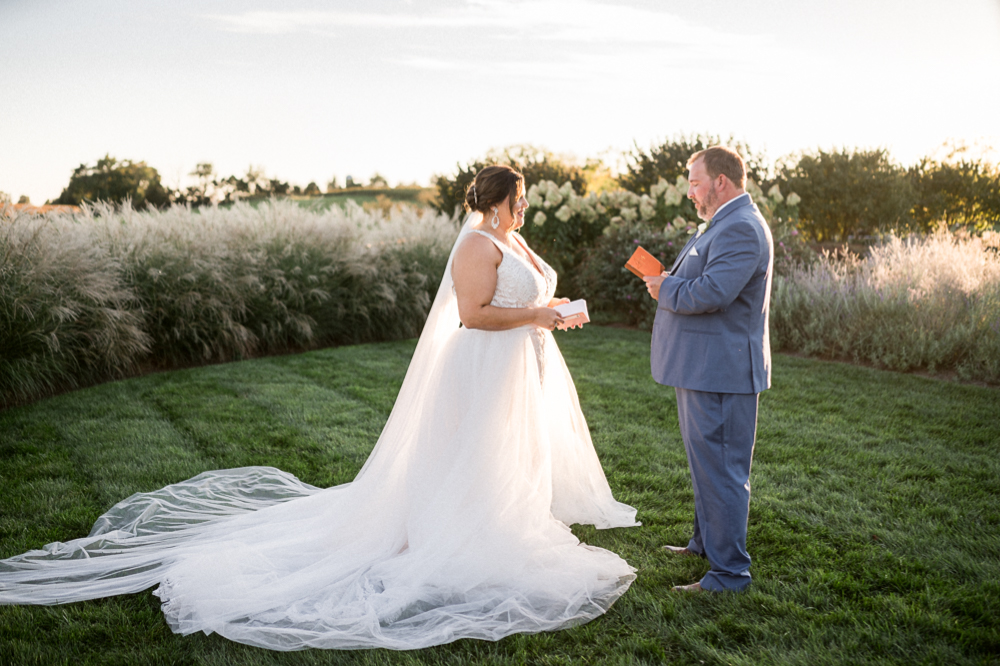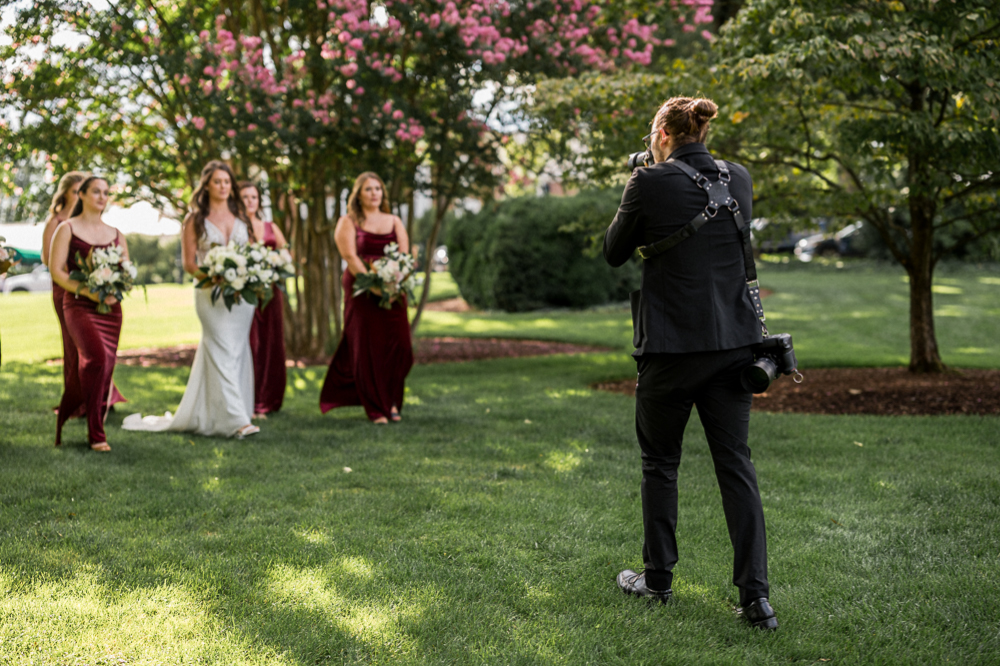VIEW BY CATEGORY:
Hi, we're Hunter and Sarah, a husband-and-wife, luxury wedding photography team. We’re also educators, helping other photographers build profitable and sustainable photography businesses.
MEET US
LOOKING FOR SOMETHING?

Photo-Economics 101: Econ Basics for Photographers and Photography Business-Owners
December 28, 2023
Hey photographers! Welcome back to our Photography Blog, Mastering the Wedding Photography Biz with Hunter and Sarah! We’re excited to be back to blogging AND producing YouTube videos to help newer photographers build profitable and sustainable photography businesses. Today we’re going to teach you guys three really simple principles that I (Hunter) learned in my Econ 101 classes in college almost a decade ago. These econ basics for photographers definitely sound pretty obvious at first, but have had a big impact on how we run our wedding and portrait photography business to this day.

“Why Should I Care About Econ Basics for Photographers?”
Back when I was getting my undergraduate degree at the University of Virginia, I took a couple of economics classes, really just for the heck of it. I was an engineering student, but briefly played with the idea of an econ minor, so I took introductory classes to micro- and macro-economics.
And while I dropped the idea of the econ minor not long after getting past those introductory classes, some of what he learned as a college freshman still affects how Sarah and I run and understand our business today. So today, we’re going to teach you guys three very basic principles of economics (by the way, shout-out to Professors Ken Elzinga and Lee Coppock for these insights).
But we aren’t just talking about these principles because we think they’re interesting. Which is good, because we’re huge nerds and basically find all of economics interesting. 😂 The three principles are not only foundational to economics, but also have helped us look at the world around us as business owners, and explain why our clients sometimes behave the way they do.

Econ 101 Principle #1: Trade Creates Value
The first econ basic for photographers that we want to talk about seems really simple. But this principle is at the core of how we understand economics! It’s this: trade creates value.
In other words, no one would ever buy or sell something if they thought they were going to be worse off after completing the transaction. This means that every time someone buys or sells something, both parties are benefitting from the trade. This is true whether it’s a pair of pants or your services as a family photographer. If either party wouldn’t benefit, they wouldn’t buy or sell the thing in the first place.
As photographers, this means that every time we book a job, we’re trading our time, our skill, and our expertise for money. We’d rather have the money than that time, and our clients would rather have the final images and the experience we give them than the money.

How This Helps Us As Photography Business Owners
That may all sound obvious, but here’s where this helps us as business owners. As part of Hunter and I’s client workflow, we meet over video chat for around 45 minutes with every single couple who is considering us as their wedding photographer. After all, we’re selling a high-ticket item that typically costs our clients between seven and ten thousand dollars. So we’re going to invest some serious time and energy into every single lead we get. (More on our Sales Call here)
What innevitably happens with around 1/3 of the couples we meet with is that even after spending 45 minutes with us face-to-face, they still hire someone else. And we don’t need to tell you that that rejection can hurt. It can feel so personal, and make us question our value and worth as photographers if we’re not careful.
But understanding this first econ basic for photographers tells us this: this couple decided that for them, hiring us would not have been worth the money we ask for. That trade wouldn’t have created value for both of us, so they went elsewhere. We don’t tell ourselves, “Man, we’re not worth $8,000. We’re imposters. We need to lower our prices. We suck.” Instead, we just remind ourselves that — for this particular couple — they found a different trade that they perceived would give them more value for that money. And that’s okay 🤷♀️

Econ 101 Principle #2: Incentives Affect Behavior
Here’s another important principle that affects a lot of our pricing: incentives affect behavior. This is another one that seems obvious at first, but has some profound implications if you think about it. For starters, we all know that this is one of those econ basics for photographers that makes sense intuitively. If you give someone a reward for doing something, they’re more likely to do it. And if you threaten to penalize someone for doing something, they’re less likely to do it.
As photographers and business-owners, we keep this principle in the back of our head as we consider how to charge for things like processing fees or travel weddings. Here’s a simple example: when people pay for their wedding coverage with a credit card, we owe a company like Stripe or PayPal ~3%. So on an $8,000 wedding day, we lose almost $250 to fees. If we photographed 33 weddings in a year, we lose one entire wedding just to credit card fees!
But if our clients chose to pay with a different method, like mailing us a check, we would save those fees. But for our clients, the wedding costs the same either way. They have no incentive to pay with check. So most of them won’t!
So… we created an incentive for them by adding a credit card processing fee to our invoices. Now, they’ll save money by paying with check. You know what happened after we made that change? About half of our clients just pay the extra credit card processing fee, which eliminates that $250 loss for us. And the other half pay with a payment method that doesn’t cost us anything. Because we understood the incentives, we were able to affect their behavior!

Econ 101 Principle #3: Supply and Demand
Again, we’re going to oversimplify here with our third economic principle. But basically, the Laws of Supply and Demand govern our entire economic world.
Really simply, the Law of Demand says that as the price of something goes up, demand for that item will go down (and vice-versa). This should make sense to all of us as consumers, or people who buy things. If the price of potatoes at the grocery store tripled overnight, people would probably buy fewer potatoes, maybe switching to rice or bread instead. Eventually the prices of potatoes would come down, since no one was buying them.
Similarly, the Law of Supply says that as the price of something goes up, supply of that item will go up (and vice-versa). As business owners, this should also hopefully make sense to us. If people were suddenly willing to pay ten times as much to photograph birthday parties as they were to photograph a wedding, more photographers would start offering coverage of birthday parties. And therefore, the “supply” of birthday party photographers would increase. Eventually, with so many photographers now photographing birthday parties, the price would come down.

Econ Basic for Photographers: Supply and Demand Run Our Lives
At its most basic level, supply and demand are what runs any free market economy, like here in the US. Supply and Demand teach us that, for any product or service — whether it’s wedding photography or dishwashers or an apartment — the amount of an item that’s being created by companies and the desire for that item work in tandem to find the “right” price for that item.
How does this work? Let’s think about two scenarios. In scenario A, there’s not enough product to meet demand. People really want something, but there isn’t enough of it to go around. Demand for the item is higher than supply of it. So inevitably, someone will start reselling the item at a higher price. Then, the people who make the item say, “Hey, this guy on eBay is selling OUR product for double the cost! Let’s make more of this product so we can make more money!” So supply will increase to meet demand.
In scenario B, there’s too much of a product to go around. Demand for it is lower than the supply of it. The product is sitting around on shelves, and no one is buying it. The company will notice, and stop making as much of the product. So in this case, supply decreases to meet demand.
In both scenarios, no government agency had to tell suppliers to meet demand. It was in their own economic interest. That’s why this almost always works!

A Real Life Supply and Demand Example
Here’s a more concrete example that should make this idea more clear. Let’s say that Sarah and I begin selling TVs. But not just any TV! We’ve invented some new technology that makes TVs super sharp, but they won’t hurt your eyes from watching them all day long. And because they’re awesome and new, we can sell them at a premium for $1,000 each. Since demand is super high for these new TVs, they’re selling like hot-cakes at that price! And since we have the only technology to make these new TVs, we sell 100% of these new TVs in our town.
But then, our neighbor realizes that we’re making a ton of money selling these new TVs. So she invents a very similar technology, and starts selling a competing product. Because she also wants to make lots of money, but is selling an identical product, she starts selling them for $900 each. And since people who want these TVs can’t tell the difference between them, they start buying from her instead, because they’re getting the same thing for $900 each instead of $1,000 each.
Shoot! Everyone stopped buying our TVs! So Sarah and I respond by lowering our prices as well. However, we know that if we go too much lower, we won’t make enough money. So we also decide to sell the TVs at $900. And now, we split the TV market with our neighbor, 50%-50%.
Did you notice what happened? Demand was higher than supply, so supply increased to meet demand. And prices came down in the process.

Supply and Demand for Photographers
So how is this relevant for a photographer? Well, this is why we tell our students that their pricing shouldn’t be based on how long they’ve been shooting or what kind of gear they have or even how much it costs them to run their business, since usually their own time is their only hard cost.
Instead, we tell them to look at their competition! They should see what other photographers (of a similar skill level) are selling their services for. Instead of looking at their own business in a vacuum, we tell them to look at their local market. In a way, we’re telling them to use supply and demand to figure out their pricing! (More on our pricing here).
Likewise, this is why if you offer a product/service that no one around is offering, you can charge a premium! At least until other photographers figure out what you’re doing and begin offering a similar product or service. If no one in your town does portrait photoshoots for pets, and there’s a demand for that in your town, you can charge whatever you want (within reason), because demand exceeds supply!

Want More?
Click HERE to get your free copy of our eBook: “5 Essential Tips for Turning your Side-Hustle into a Full-Time Photography Business.” You’ll also be subscribed to our newsletter, so our newest content, weekly encouragement, and exclusive offers will be delivered right to your inbox!

Filed in:
Wedding Photography & Photography Education
Charlottesville, Virginia and Beyond
HOME
ABOUT US
WEDDINGS
JOURNAL
FOR PHOTOGRAPHERS
PRESS & PRAISE
BLOG
CONTACT
e. hunter@hunterandsarahphotography.com
p. (434) 260-0902
